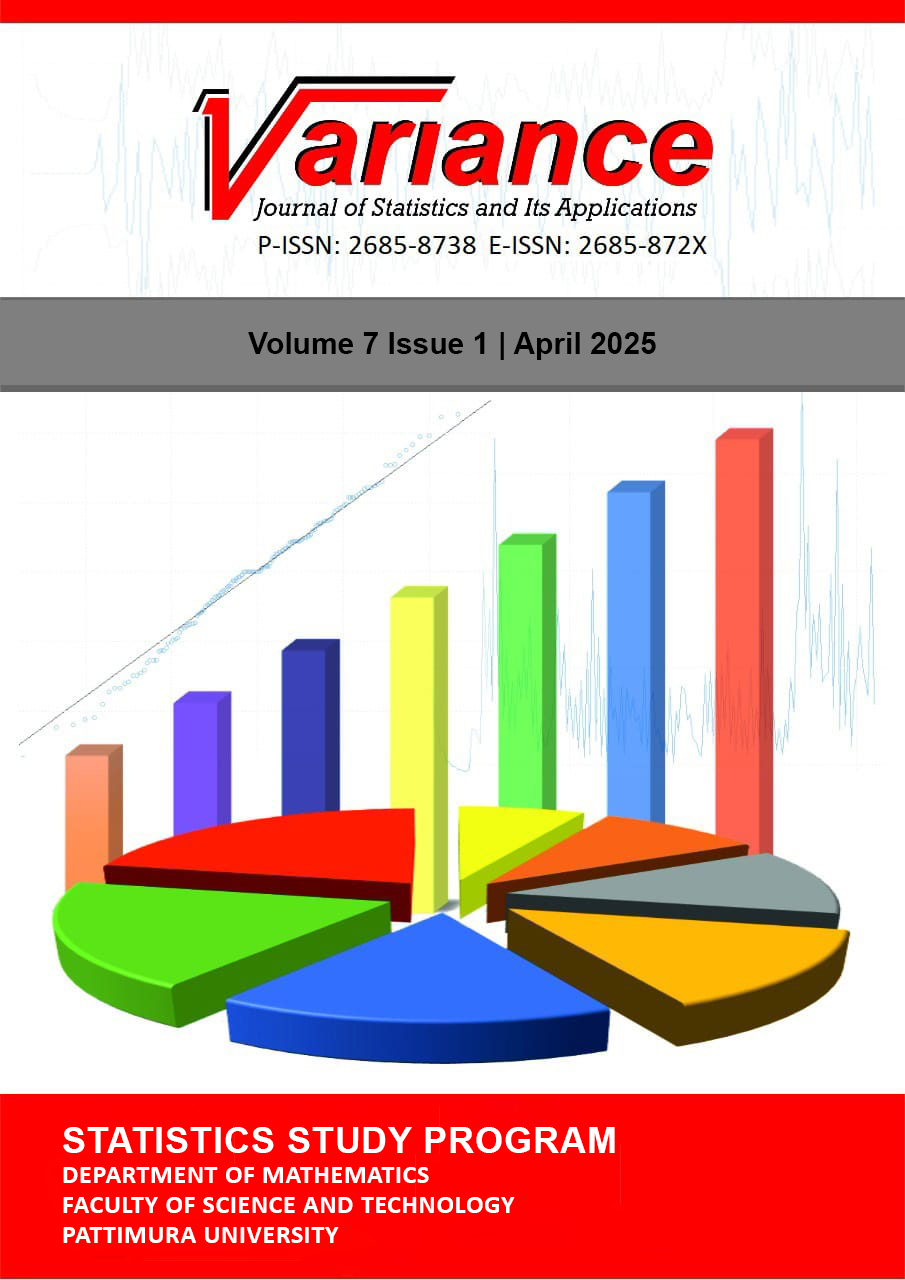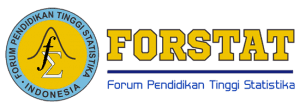PERFORMANCE COMPARISON OF DECISION TREE MODELS FOR PM10 PREDICTION IN JAKARTA
English
Abstract
PM10 are airborne particulates that have a diameter of ≤10 μm. The potential hazards of PM10 particulates are an issue that is being intensified by many researchers. This research utilizes PyCaret, a library to accelerate the process of modeling and experimentation in the field of machine learning (ML) and data science. This research compares the performance of three decision tree-based models Extra Trees, Random Forest, and XGBoost in predicting PM10 particulate levels, presenting data and visualizations for each models predictions. The data used is ISPU data at five air quality monitoring stations in Jakarta, with the main dataset of PM10 in 2021. The forecast results show an increasing graph pattern, with higher fluctuations in XGBoost. The Extra Trees model produces the best performance, with MASE 0.8808, RMSSE 0.8113, MAE 12.6173, RMSE 14.7436, MAPE 0.2433, SMAPE 0.207, and R² -1.2013.
Downloads
Copyright (c) 2025 VARIANCE: Journal of Statistics and Its Applications

This work is licensed under a Creative Commons Attribution-NonCommercial-ShareAlike 4.0 International License.



 Editorial Team
Editorial Team
 Peer Review Process
Peer Review Process Focus & Scope
Focus & Scope Open Acces Policy
Open Acces Policy Privacy Statement
Privacy Statement Author Guidelines
Author Guidelines Publication Ethics
Publication Ethics Publication Fees
Publication Fees Copyrigth Notice
Copyrigth Notice Plagiarism Screening
Plagiarism Screening Digital Archiving
Digital Archiving





